15 Everyday Habits That Drive Dogs Wild And Why They Hate Them

Ever noticed your furry friend giving you the side-eye or suddenly leaving the room? Dogs might not speak our language, but they definitely communicate their feelings through behavior.
Many common human actions can stress, confuse, or even frighten our canine companions without us realizing it. Understanding these everyday habits from your dog’s perspective can dramatically improve your relationship and their overall happiness.
1. Leaving Them Alone For Long Periods

Dogs evolved as pack animals, craving constant companionship. When left alone for hours, they don’t understand you’re coming back.
This uncertainty triggers separation anxiety, manifesting as destructive chewing, excessive barking, or even depression. Even independent breeds need social interaction to feel secure and loved.
2. Shouting Or Yelling At Them
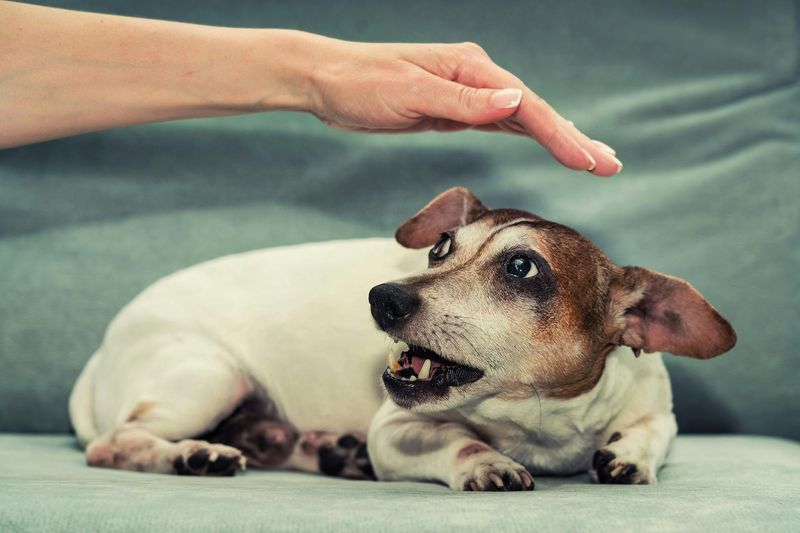
Your raised voice registers as threatening to your dog’s sensitive ears. Their hearing is significantly more acute than ours – what seems like normal volume to you might sound like shouting to them.
Rather than understanding your words, they respond to your tone and body language with fear or stress. This creates confusion instead of teaching good behavior.
3. Not Giving Enough Attention Or Affection

Dogs thrive on human connection – it’s literally hardwired into their DNA after thousands of years alongside humans. When consistently ignored, they experience genuine emotional distress.
Just fifteen minutes of focused attention daily can dramatically improve your dog’s mental health. Without it, they may develop attention-seeking behaviors like excessive barking, jumping, or destructive chewing.
4. Using Harsh Training Methods

Physical punishment creates fear, not understanding. Dogs associate the person with pain rather than connecting their behavior to consequences.
Research consistently shows positive reinforcement builds trust while harsh methods damage your bond. Your dog might comply out of fear, but they’ll never truly understand what you want, creating an anxious pet instead of a confident one.
5. Not Allowing Them To Explore
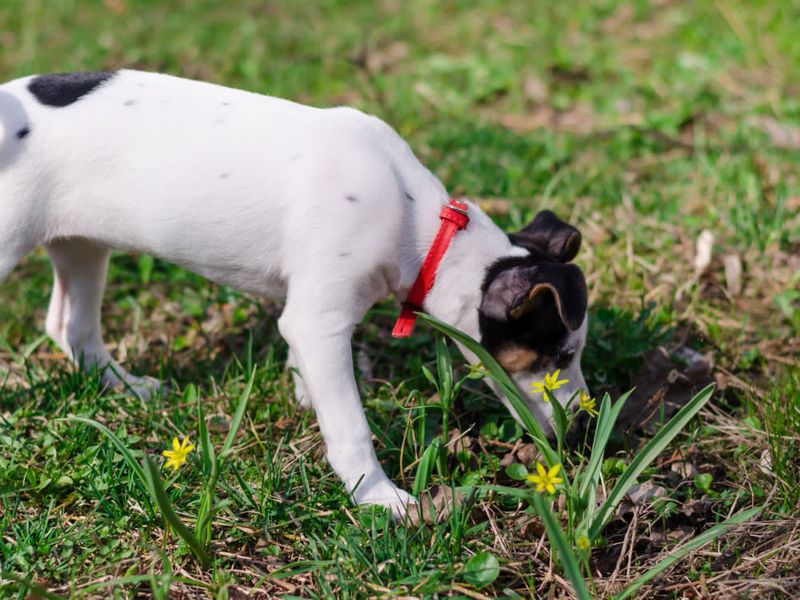
Sniffing isn’t just a habit – it’s how dogs gather critical information about their world. Rushing walks or constantly pulling them away from interesting scents frustrates their natural intelligence.
Their noses contain up to 300 million scent receptors compared to our mere 6 million. Allowing “sniff time” provides mental stimulation equivalent to complex puzzle-solving for humans.
6. Taking Away Their Favorite Toys Or Treats Suddenly

Imagine someone snatching your dinner plate mid-meal – that’s how your dog feels when you grab their chew toy unexpectedly. This creates resource guarding behaviors from fear of losing valued items.
Instead, teach trading games where giving something up means getting something better. This builds trust rather than anxiety around possessions and prevents potential aggression.
7. Leaving Them In A Crate For Too Long
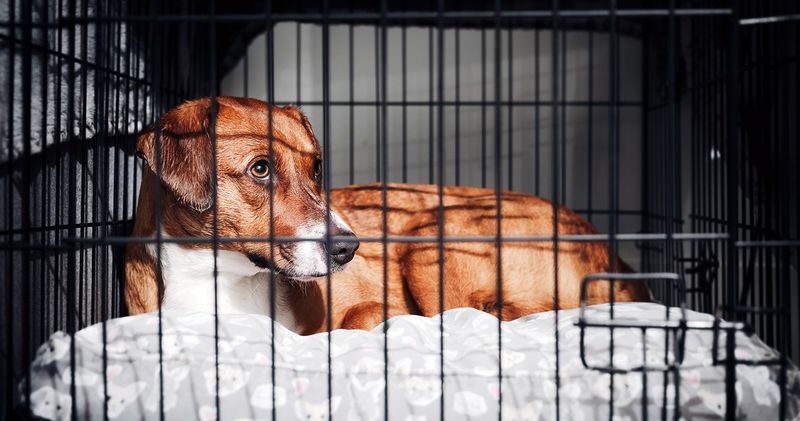
While crates can provide security, they become prisons when overused. Dogs need regular bathroom breaks every 4-6 hours, depending on age.
Extended confinement creates physical discomfort and psychological distress. Even properly crate-trained dogs experience frustration when unable to stretch, play, or relieve themselves for excessive periods.
8. Interrupting Their Sleep

Dogs need 12-14 hours of sleep daily, cycling between light and deep REM sleep just like humans. Startling them awake can trigger confusion or defensive reactions.
Senior dogs especially need uninterrupted rest periods. Children should be taught to let sleeping dogs lie – not just as an expression, but as a practical safety measure to prevent startled nipping.
9. Playing Too Rough
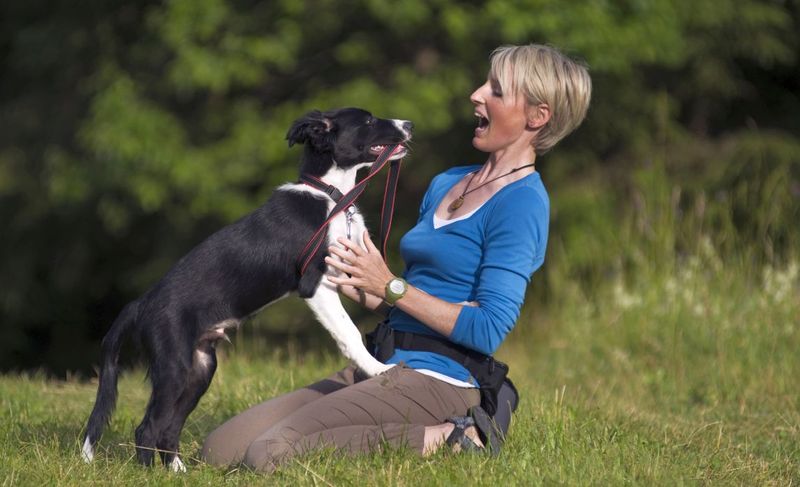
Not every dog enjoys wrestling or rough housing – personality varies as much as in humans. Forcing physical play can create fear associations with interaction time.
Watch for subtle stress signals: lip licking, yawning, or turning away. These are polite canine ways of saying “please stop” before growling becomes necessary. Respecting these signals builds communication and trust.
10. Being Overly Protective Of Their Food
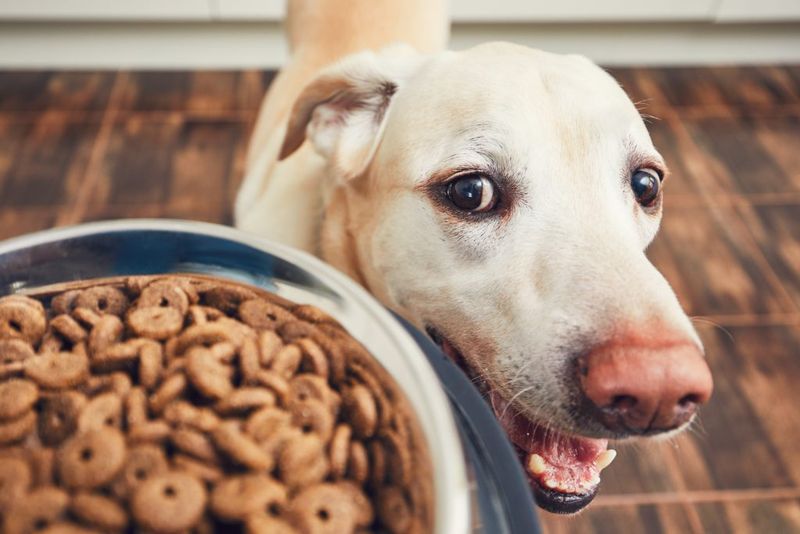
Hovering near your dog while they eat creates unnecessary tension. For dogs, mealtime vulnerability is instinctively stressful – in the wild, this would be when they’re most exposed to threats.
Constantly checking their bowl or taking it away mid-meal teaches them to eat rapidly and guard resources. Instead, establish predictable feeding routines in quiet locations to build food security.
11. Too Much Sudden Activity Or Loud Noises

Dogs experience sound differently than humans – what’s merely loud to us can be physically painful to them. Their hearing range extends far beyond ours, making certain frequencies genuinely uncomfortable.
Vacuum cleaners, thunderstorms, and fireworks aren’t just annoying – they can trigger genuine panic. Creating quiet retreats helps dogs self-regulate during overwhelming sensory experiences.
12. Not Giving Enough Mental Stimulation

Boredom is genuinely stressful for intelligent animals. Dogs need mental challenges as much as physical exercise – especially working breeds bred for problem-solving tasks.
Without mental stimulation, dogs create their own entertainment through behaviors we consider destructive. Puzzle toys, training games, and scent work provide productive outlets for their considerable cognitive abilities.
13. Allowing Uninvited Strangers To Approach Them
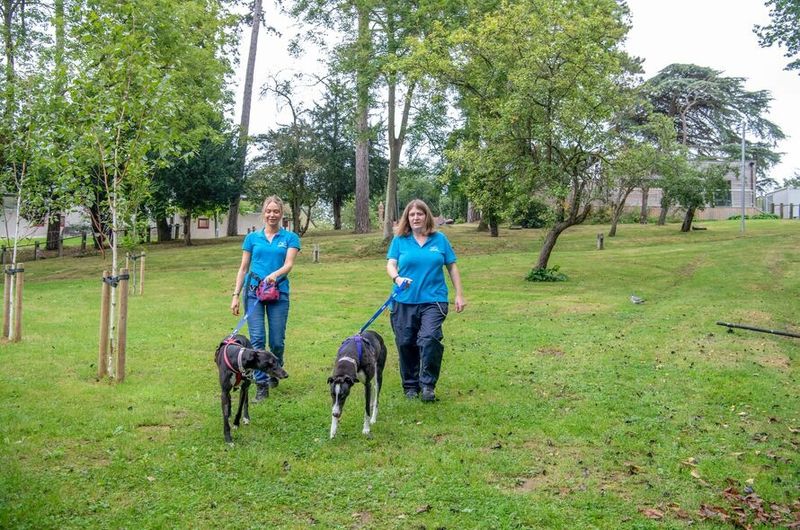
Not every dog wants to be everyone’s best friend. Forcing social interactions creates anxiety, especially for naturally reserved breeds or those with limited early socialization.
Advocate for your dog by preventing strangers from petting without permission. Teaching children to ask before approaching unknown dogs protects both the child and prevents your dog from feeling cornered into defensive reactions.
14. Inconsistent Routines Or Changes In Their Environment

Dogs thrive on predictability – they can’t understand schedule changes or why furniture suddenly moves. Their security comes from knowing what happens next.
Major life changes like moving homes, new family members, or schedule disruptions create genuine stress. Gradual transitions and maintaining meal/walk routines during changes helps dogs adapt to new circumstances with minimal anxiety.
15. Not Giving Enough Exercise Or Playtime
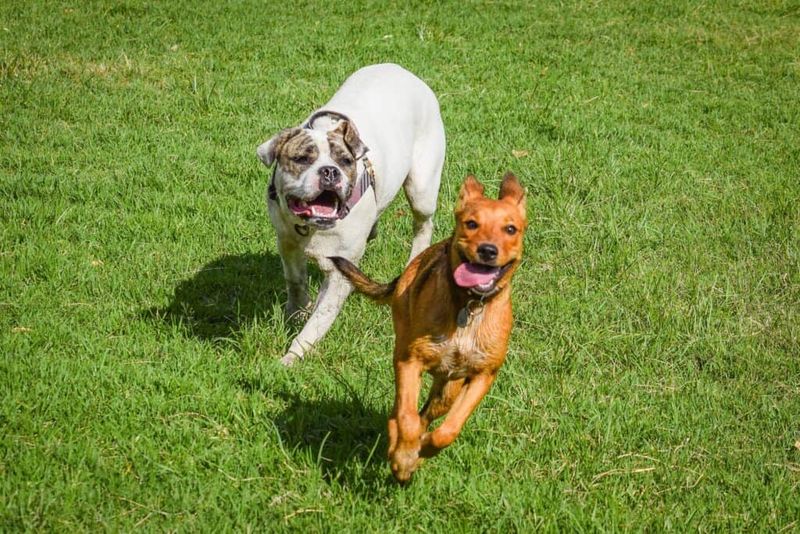
Energy needs vary dramatically between breeds – a Border Collie requires vastly different exercise than a Bulldog. Unmet physical needs create frustration that manifests as behavioral problems.
Just like humans get cranky without proper exercise, dogs become restless and anxious. Regular activity isn’t just about physical health – it’s essential for emotional regulation and preventing destructive behaviors from pent-up energy.






